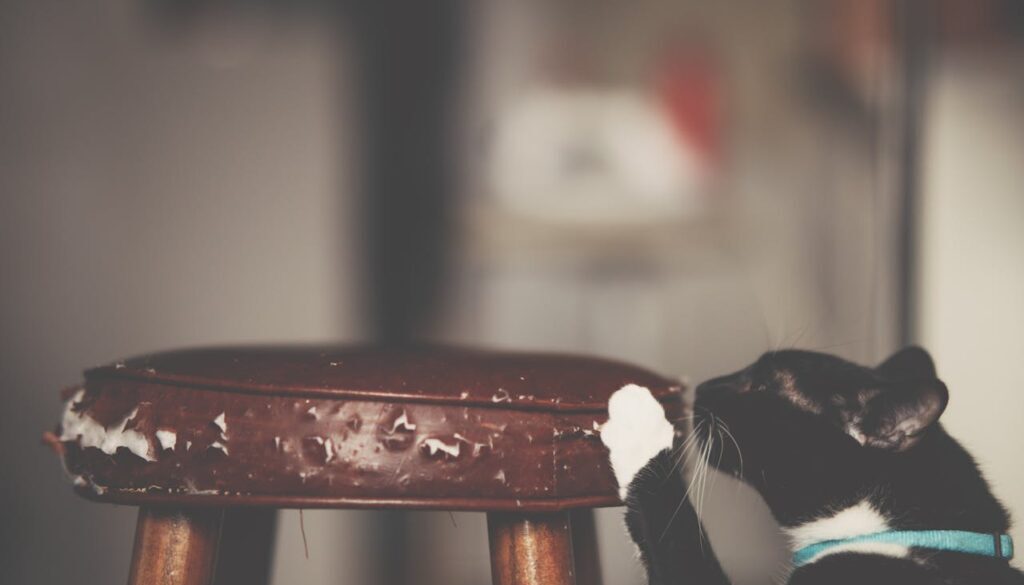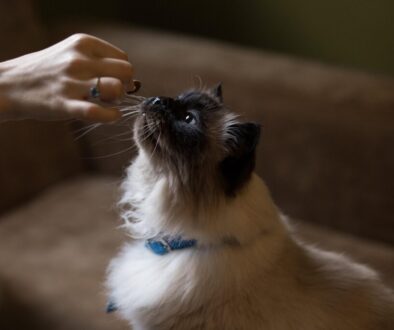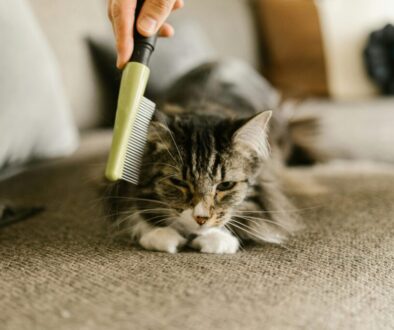Why Your Cat Scratches the Sofa (and How to Get Them to Stop)
If you’re a cat owner, chances are you’ve faced that heart-sinking moment when you notice your beloved feline friend enthusiastically shredding your sofa. While frustrating, it helps to remember that scratching isn’t malicious or rebellious—it’s simply part of your cat’s nature. Understanding the reasons behind this behavior is the first step toward redirecting it successfully, keeping both your cat and your furniture happy.
Understanding Why Cats Scratch
Natural Instincts
Scratching is ingrained deeply into a cat’s instinctual behavior:
- Marking Territory: Cats have scent glands in their paws. Scratching releases their unique scent, marking their territory and helping them feel safe and secure.
- Claw Maintenance: Scratching helps cats shed the outer layers of their claws, keeping them healthy and sharp.
- Stretching and Exercise: Notice your cat stretches when scratching? It’s a full-body workout that releases tension in their muscles and provides relaxation.
Behavioral Issues
Sometimes scratching may indicate underlying behavioral concerns:
- Boredom or Excess Energy: Cats, especially indoor ones, might scratch excessively if they’re bored or have pent-up energy.
- Stress and Anxiety: Changes in your home or routine can lead your cat to scratch as a coping mechanism.
- Attention-Seeking: Sometimes, even negative attention is rewarding to a bored or lonely cat.
Common Mistakes Owners Make
Before discussing effective solutions, let’s acknowledge some common errors we all make in trying to stop our cats from scratching:
- Punishing or Shouting: Negative reinforcement rarely works with cats. It may even increase anxiety and make scratching worse.
- Ignoring the Root Cause: Simply preventing scratching without addressing why your cat is scratching won’t help long-term.
- Not Providing Suitable Alternatives: Expecting your cat to stop scratching without offering an acceptable alternative is unrealistic.
Effective Strategies to Stop Sofa Scratching
Fortunately, there are proven strategies to redirect scratching behavior positively:
Provide Attractive Alternatives
The easiest way to protect your furniture is by offering enticing scratching posts or pads.
- Choosing the Right Post: Cats prefer tall, sturdy posts covered in rough textures like sisal or rope. Posts should be high enough for your cat to stretch fully.
- Ideal Placement: Position posts in the areas your cat already prefers to scratch. Placing posts near sofas can effectively redirect scratching.
- Making Posts Appealing: Sprinkle a bit of catnip or hide small treats on or around the post initially to encourage your cat to investigate and use it regularly.
Protecting Your Sofa
In the meantime, protect your sofa while teaching your cat where to scratch:
- Furniture Protectors: Clear, adhesive sheets or double-sided sticky tape discourage scratching because cats dislike the sticky feeling.
- Scent Deterrents: Cats dislike strong smells like citrus. Spraying lightly scented citrus spray around your sofa can deter scratching without harming your pet.
- Temporary Sofa Covers: Washable sofa protectors are great during the training period and can later be removed once your cat is reliably using the scratching post.
Environmental Enrichment
Happy, well-exercised cats are less likely to engage in unwanted behaviors:
- Regular Playtime: Interactive play with toys or laser pointers helps burn off energy and decreases boredom-related scratching.
- Puzzle Feeders: Keeping your cat mentally stimulated with puzzle feeders or treat-dispensing toys reduces stress and destructive behaviors.
- Consistent Routine: Cats thrive on routine. Regular feeding, playtime, and attention can significantly reduce anxiety-driven behaviors.
Positive Reinforcement
Rewarding your cat for good behavior is far more effective than punishment:
- When your cat uses the scratching post, immediately reward them with praise, gentle petting, or treats.
- Redirect gently but firmly from the sofa to the scratching post when you catch them in the act, praising warmly when they comply.
When to Seek Professional Help
If your cat’s scratching persists despite your best efforts, it might indicate stress or anxiety issues. In such cases:
- Consult your veterinarian to rule out any underlying medical conditions.
- Seek help from a professional cat behaviorist who can offer tailored advice based on your cat’s unique situation.
Conclusion
Remember, scratching is a natural and healthy cat behavior—your goal is not to eliminate it, but to channel it safely and appropriately. With patience, consistency, and understanding, you can help your cat express their instincts without sacrificing your sofa. In return, you’ll have a happier cat and a beautiful, scratch-free home.
Need more advice on caring for your cat? We’re always here to help! Reach out at hello@kittycarers.com or visit our website at kittycarers.com.




